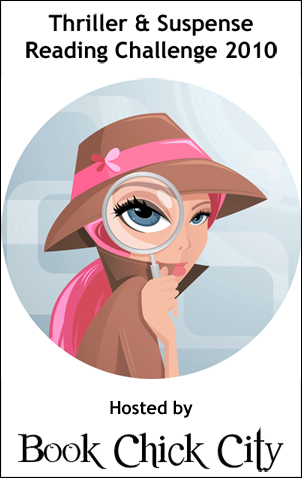Now, I didn't just pick the first google article I found. No, that would be lazy... Instead, I picked the fifth.
It's a step by step process.
1) Who is the protagonist or are the protagonists? What makes them interesting people that you’d want to read about?
2) What does the hero want? Basically this means the protagonist’s external and internal goals at the opening of the story.
3) The door opens. From the protagonist’s point of view, the opening door is either a problem or an opportunity, a threat or a welcoming hand. For instance in a mystery, the protagonist might discover a corpse. In some romances, the opening door is when the hero and heroine meet. An opening door can also be your protagonists’ worst nightmare come true or put the characters internal and external goals into conflict. While this is pretty involved sounding, remember to keep this opening door simple. The heroine finds a dead body. A cop hero’s car rear ends the heroine’s while speeding after a bad guy.
4) The hero takes control. After walking through the opening door, the protagonist takes control of the situation and experiences early success, although it’s an illusion. As Vorhaus says, think in terms of early success and surface success. In a mystery, the protagonist might think he’s pretty sure who the criminal is or that the case will be easily solved.
5) A monkey wrench is thrown. A screw-up happens, a new threat arises, a new character enters, or a complication develops. Hero finds another dead body.
6) Things fall apart. This is where bad things happen, often the protagonist realizes the bad things are of his/her own making. This is where your hero makes a series of choices and decisions, hoping not to face his fears, trying to find another way out—he’s getting it wrong. Try listing as many ways as you can think of for things to go wrong, then condense them into one sentence. In a mystery, this is where the detective follows all the leads and red herrings and each makes it seem harder to solve the case.
7) The hero hits bottom. This is the moment of truth. There’s a sense that time is running out and the hero has come to the end of his line. This is when he must choose between his goals at the beginning of the story and what he wants now (for instance, in a romance novel, this means the developing romance or in a mystery, it’s often a life-threatening situation—can he solve the mystery or will he have to risk his life to do so?). Your character is often poised between two things he wants—two things that are mutually exclusive. This is your character’s black moment.
The hero risks all. This is when the hero finally gets it right. When he is willing to risk everything, in order to gain love or solve the mystery or grow emotionally—whatever the main emphasis or your story is about, even though he’s almost sure of failure. This moment of truth fulfills the character’s inner goals.
8) What does the hero get? This is the reward for getting it right and in the case of a romance, your characters find their soul mates and long lasting love. In the case of a mystery, the criminal is brought to justice in some manner or the case is solved. This is your happy ending.
Begin the synopsis with a thematic or story question at the beginning and circling back to it at the end with an answer to the question. Ask yourself what the story question is. It helps if it’s something of a hook. Think of it as your high concept or your pitch sentence, or even your back cover blurb.
Tell who the protagonists are, what they want, and why they want it. By this I don’t mean a character sketch—particularly of physical attributes. That’s not necessary for a synopsis. What I mean is sort of a summation of who these people are emotionally. What are they like? Here’s some questions to ask yourself, and you’ll want to answer them by the end of the synopsis
When considering what elements to include in the synopsis, think in terms of how the hero or heroine “gets it wrong.” What choices or decisions do they make that they think will help them attain their goals or solve their problems but instead lead them in the wrong directions, gradually bringing them to the correct conclusions/emotional change needed to resolve their internal conflict. Key words: internal change and moments of change.
If there is emotional change or development in your storyline, then include it in the synopsis. What changes in #5 above are the characters undergoing to make it more likely they’ll solve the crime or resolve the story question?
The black moment…when do things look their worst? When have they been backed up to a wall and they’re forced to change or make a decision that could lead them into not receiving what they want. In a romance novel, the black moment should inevitably lead to an internal change allowing them to commit to the other.
Resolution and wind-up of theme. This is the reward stage: what does the hero get for changing and the sacrifices he’s made? Think of this as the story windup.
Read over every statement in your synopsis and for each action or reaction of the hero, make sure you’ve told “why”.
Tone—if this is humor, add statements to reflect that. If poignant, use language indicative of that emotion. You strive to hit a similar tone in your synopsis as your book’s tone.Source: here and here and here




















1 comments:
Sounds like a good process. I'm tweeting this one. :)
Elizabeth
Mystery Writing is Murder
Post a Comment